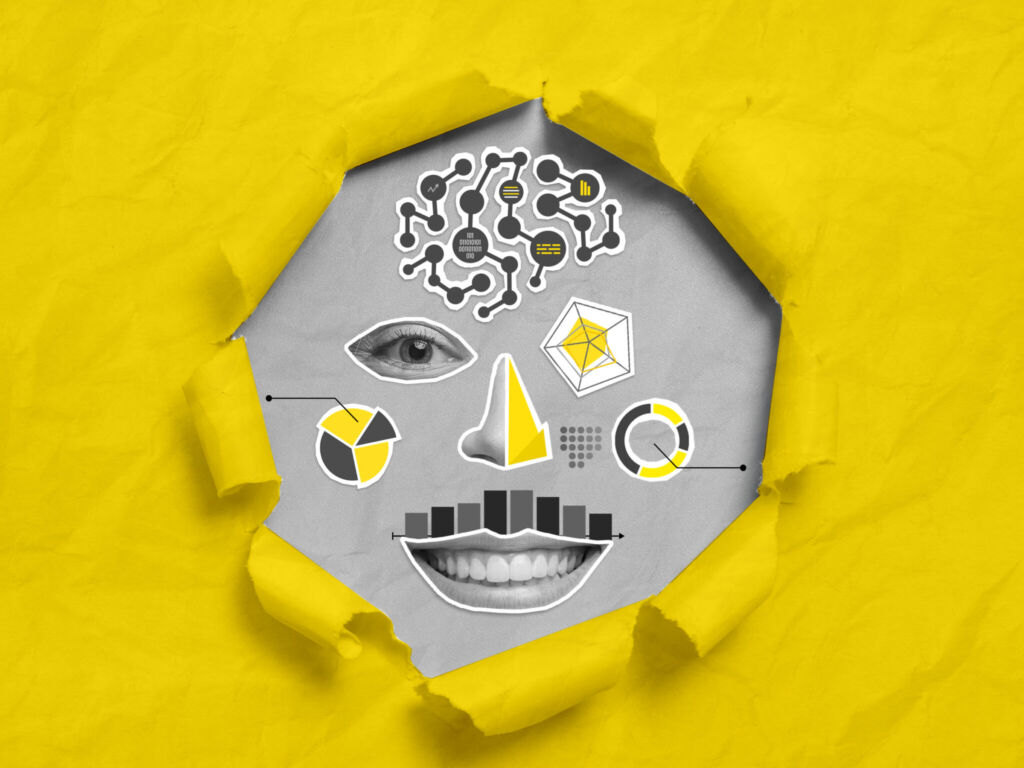There’s no point having all the data in the world if you are not able to use it — and this is only possible if you are able to make sense of the data you have on hand.
Data visualisation, or datavis, is all about presenting data in a way that’s easier for people to understand. And what better a way for people to easily understand new concepts and absorb new information, than with the help of visual aids?
If data is easier to understand, it becomes easier to use, which then makes it possible for people to use data to achieve any number of things no matter what industry they come from. Just imagine — or visualise — what you’d like to achieve for your own business in your particular niche.
Great datavis can make that happen, especially given all the exciting new developments that make it even easier for people to make sense of data today.
Let’s take a quick look at how datavis has developed over the years, and why it’s so crucial for businesses like yours to leverage it. Additionally, we’ll also take a look at the datavis tools you can use, specifically for marketing, and what will be trending when it comes to making the most out of datavis technology.

Remember those cave paintings in the first Ice Age movie? The real ones that can be found in Lascaux in Dordogne, France, are said to be among the earliest examples of data visualisation.
But man has come a long way since then, coming up with these pre-digital data visualisations in the 17- and 1800s which you can get a better look at, here:
Fast forward to the 2000s, with professionals across different industries utilising datavis as indispensable processes for their day-to-day operations. Businesses generate huge amounts of data which can literally take weeks to collect, consolidate and analyse, even by multiple team members working round the clock.
Key business decisions often can’t wait on all that processing time, and yet, the best decisions are unquestionably made when based on solid data. What makes datavis so powerful in the world of business is its ability to influence easier, and faster crucial decision making.
When a business combines data processing with the right technology, it arms itself with business intelligence that frees team members from the drudgery of manual data compilation. This enables them to focus instead on analyses, extracting insights and creating strategies.
Because of the way datavis serves up business intelligence at a glance, teams become more agile in responding to customer needs and reacting to sudden changes in the business environment. Datavis also makes it possible for businesses to interact with the data in real-time to gain additional insights, as well as spot opportunities for growth or process improvement.
As if the job wasn’t hard enough, a marketer’s responsibilities also involve reporting performance and ROI to clients and other stakeholders. Datavis not only gives clients everything they want to know (and none of what they don’t) in an easy-to-understand manner, but can also help them to appreciate your hard work.
Here are some of the tools you can use to make great reports and to make performance tracking and campaign adjustments so much easier:
Many of these platforms such as Looker and Tableau offer a free version to help you get started.
Just as datavis has evolved from cave paintings to maps and diagrams, so will today’s business intelligence technology evolve to make data even more accessible and actionable for businesses.
Here are a few of the data visualisation trends we can look forward to in the near future:
Using data visualisation tools to serve clients is second nature to Mediatropy, whose team of datavis experts uses the latest visualisation tools and platforms even outside of the office. Get in touch with us to find out how you can leverage the power of data visualisation for your business, today.
Don't be shy — say hello and we'll be glad to kickstart your next exciting digital marketing journey.